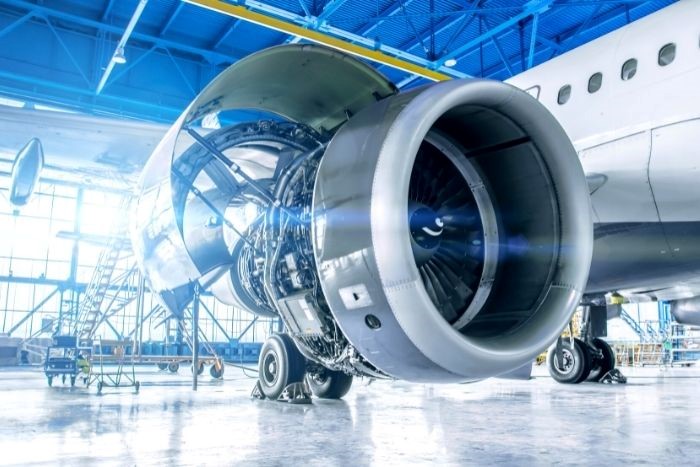In the rapidly evolving world of aviation, airborne electronic control systems have become a cornerstone of modern aircraft technology. These systems are crucial for ensuring the safety, efficiency, and functionality of aircraft. As we delve into the intricacies of these systems, it is essential to understand their role in the aviation industry, particularly for exporters and importers who are pivotal in integrating these technologies globally.

Understanding Airborne Electronic Control Systems
Airborne electronic control systems refer to the integrated electronic and computer systems that manage and control various functions of an aircraft. These systems are responsible for processing data, controlling flight paths, managing communication, and ensuring overall aircraft safety.
Significance in Modern Aircraft
The significance of these systems cannot be overstated. They enhance the capability of aircraft to perform complex tasks, improve reliability, and ensure that safety protocols are adhered to. For exporters and importers, understanding these systems is crucial as they navigate the complexities of global trade in aviation technology.
Types of Airborne Electronic Control Systems
There are several types of airborne electronic control systems, each serving a unique purpose in modern aircraft. These include flight control systems, navigation systems, communication systems, and more. Each system plays a vital role in ensuring the successful operation of an aircraft.
Flight Control Systems
Flight control systems are at the heart of aircraft operation. They manage the aircraft’s attitude, altitude, and direction. These systems are crucial for maintaining stability and ensuring that the aircraft follows its designated flight path.
Navigation Systems
Navigation systems provide pilots with essential information about the aircraft’s position and trajectory. These systems utilize advanced technologies such as GPS and inertial navigation systems to ensure accurate and reliable navigation.
Communication Systems
Communication systems are essential for maintaining contact between the aircraft and ground control. They enable pilots to receive instructions and provide updates on their flight status. These systems are vital for ensuring the safety and efficiency of air travel.
Advancements in Technology
The field of airborne electronic control systems has seen significant advancements in recent years. Innovations such as autonomous navigation systems and open architecture avionics systems have revolutionized the way aircraft operate. These advancements are crucial for exporters and importers as they facilitate the integration of new technologies into existing systems.
For more insights on autonomous navigation systems, you can read Autonomous Navigation Systems.
The Role of Exporters and Importers
Exporters and importers play a vital role in the global dissemination of airborne electronic control systems. They ensure that these technologies reach different parts of the world, enabling the global aviation industry to benefit from the latest advancements.
Challenges Faced
Despite the opportunities, exporters and importers face several challenges. These include regulatory hurdles, technological compatibility issues, and logistical complexities. Overcoming these challenges requires a deep understanding of the industry’s intricacies.
Opportunities in the Market
The market for airborne electronic control systems is vast and growing. As countries invest in modernizing their aviation infrastructure, there is a significant demand for these systems. Exporters and importers who can navigate the complexities of this market stand to gain immensely.
Future Trends
Looking ahead, the future of airborne electronic control systems is promising. With ongoing advancements in technology and increasing global connectivity, these systems will continue to evolve and play a crucial role in the aviation industry. Exporters and importers will need to stay abreast of these trends to remain competitive.
For a deeper understanding of open architecture avionics systems, you might find this article on Open Architecture Avionics Systems insightful.
Conclusion
In conclusion, airborne electronic control systems are integral to modern aircraft. They ensure safety, efficiency, and functionality, making them indispensable in the aviation industry. For exporters and importers, understanding these systems is crucial as they navigate the complexities of global trade in aviation technology.

FAQs
What are the main components of airborne electronic control systems?
The main components include flight control systems, navigation systems, and communication systems, each playing a crucial role in aircraft operation.
How do airborne electronic control systems enhance aircraft safety?
These systems enhance safety by providing accurate data processing, reliable communication, and efficient control of flight paths.
What challenges do exporters and importers face in the aviation industry?
Challenges include regulatory hurdles, technological compatibility issues, and logistical complexities, which require a deep understanding of the industry.
For further reading on aerospace electronics testing, you might find this external link [Aerospace Electronics Testing](https://www.astronics.com/test-systems/aerospace-electronics-testing) insightful.


